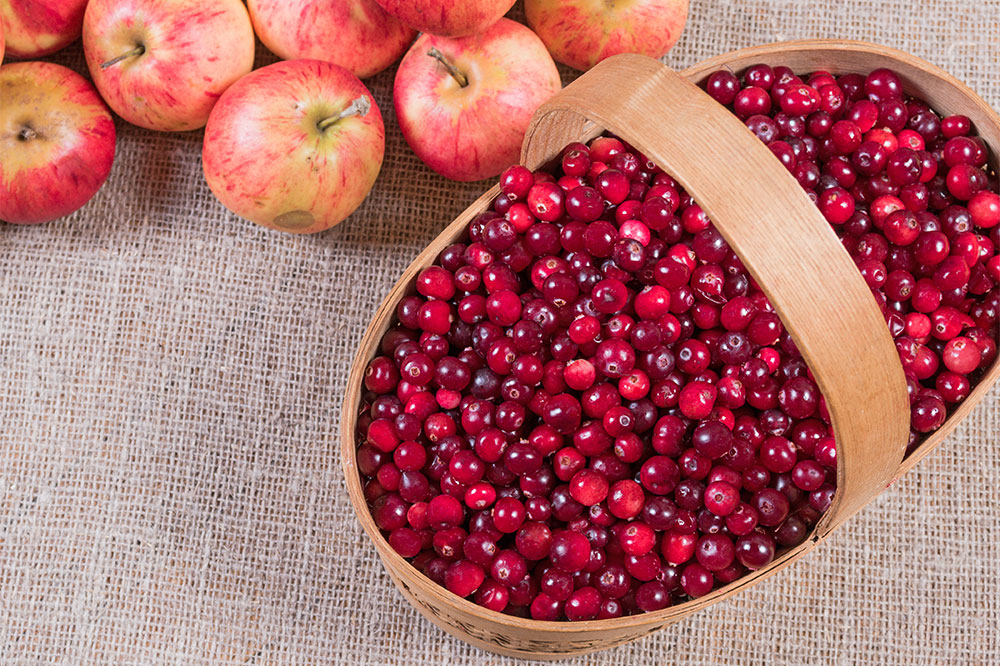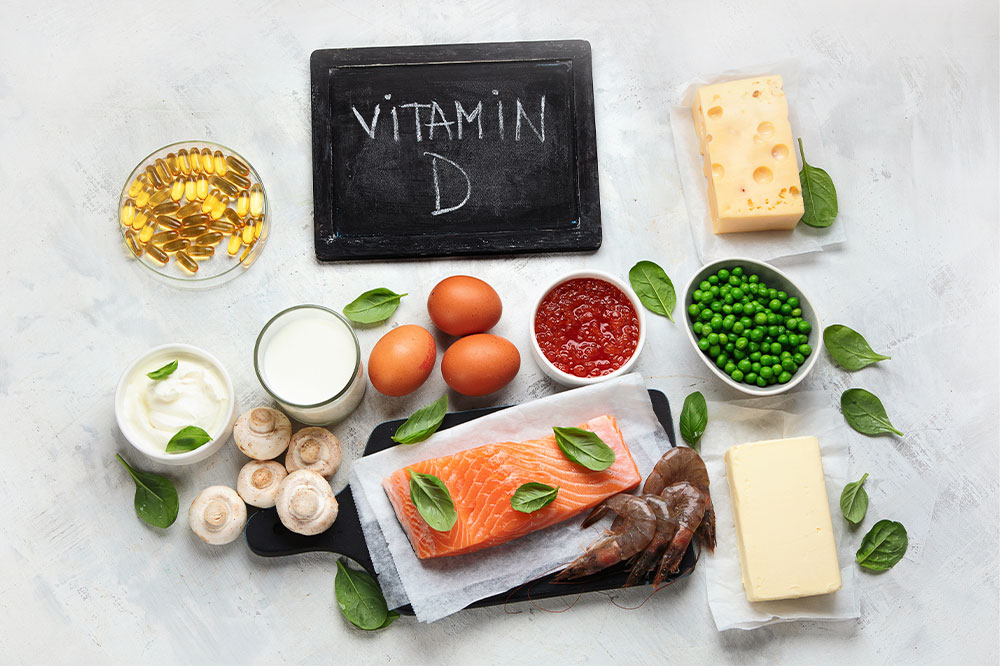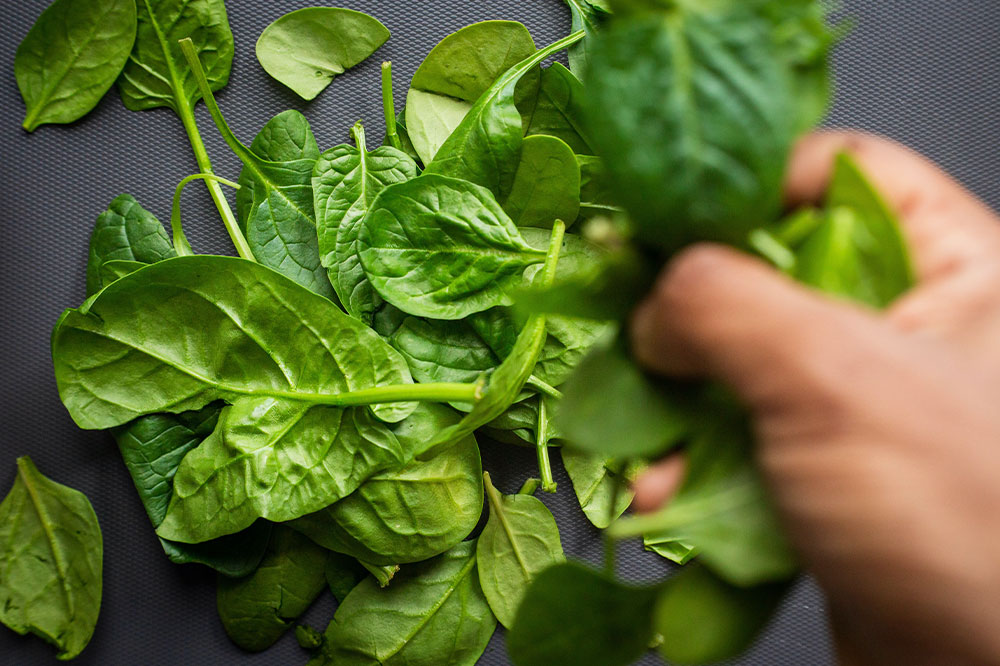7 tips to eat healthy on a budget

Food prices are on the rise, and eating healthy may seem like a task given the hefty bills after a run to the grocery store or a dinner out with friends. That said, there are definitely ways to eat wholesome and satiating meals without dipping into one’s savings. For this, one needs to plan ahead and shop strategically. Here are a few other tips that can help one eat healthy food on a budget:
1. Buy whole foods
Whole foods, or foods that aren’t processed to change their structure, can be surprisingly affordable. For instance, a pack of canned beans costs less than a pack of refried ones. Similarly, a block of cheese is much cheaper than shredded cheese. Consider buying whole fruits and vegetables instead of pre-chopped and packed salads. When considering per-serving costs, whole grains, oats, and brown rice are cheaper than most processed cereals. Additionally, buying fruits and vegetables that are in season is also a great way to incorporate soluble and insoluble fiber into one’s meals. Fruits and vegetables that are available all year tend to be a tad expensive. Also, picking seasonal produce means that it is packed with nutrients and flavors. Moreover, buying produce by bag is a budget option rather than buying per piece. If one buys more than needed, they can always store it in the refrigerator and use it later.
2. Buy cheaper cuts of meat
Most people buy fresh meat, fish, and poultry to add some much-needed fat and protein to their meals. However, fresh meat and fish are incredibly expensive. Fortunately, there are ways to incorporate protein into meals without having to spend too much money. Buyers can opt for specific cuts of meat that are not as pricey as certain others. Chuck steak, pork top sirloin steak, ground meat, poultry, and whole chicken are a few options to choose from. Whole chicken and other full-sized meats can be used in several different meals, thereby increasing their cost-efficiency to a great degree.
Cheaper cuts of meat are no less nutritious or delicious compared to the more premium-cut ones. Buyers can use cheap-cut meats in casseroles, soups, stews, burritos, and stir-fries. They can also use the leftover parts of meat and chicken to make bone broth. Bone broth is delicious, satiating, and extremely nutritious.
3. Use grocery coupons
It is better to plan ahead when going grocery shopping. Making a list and sticking to it is an excellent way to stay within budget. Additionally, making use of grocery coupons is a great way to save money on grocery bills. There is no dearth of grocery coupons available on the Internet. After verifying the coupons for authenticity, shoppers can redeem them at relevant grocery stores to save hundreds, if not thousands, of dollars online on grocery purchases. Grocery coupons tend to offer accumulated rewards to users. So, if a given user uses five 50-cent-off coupons every day of the week, they can end up saving a whopping $100 annually by the end of the year.
Buyers can also shop at stores with reward programs. Not only that, but most grocery stores offer massive discounts on various products as part of promotions.
4. Don’t shop impulsively
It is best to avoid shopping when one is hungry. Imagine going to the grocery store while hungry and buying something only on impulse. This will not only make one spend more money than necessary and eat something that might not be healthy and satiating, so the best option here is to eat fruit, yogurt, or any other healthy homemade snack before going out.
5. Make use of food stamps
The American Supplemental Nutrition Assistance Program (SNAP, previously called the Food Stamp Program) offers food coupons and stamps to people who meet the program’s income guidelines for eligibility. These stamps are a guaranteed source of receiving food at highly subsidized and, in some cases, free prices. Essentially, SNAP’s food stamps depend entirely on the help-seeking individual’s income and certain expenses.
Food stamps, like food funds, are made so that nobody goes home hungry any night, and they are a nobility-driven initiative by the government.
6. Buy frozen or canned food
Fresh food and fruits are generally the most expensive due to their high demand. On the other hand, frozen or canned food is often perceived as having low nutritional value. For this reason, canned and frozen foods are much cheaper to purchase from markets. While the low-nutritional value holds true for frozen pizza and curries, frozen fruits and vegetables retain their nutrition even when frozen. Moreover, they have a relatively longer shelf life than fresh food and fruits. Therefore, purchasing frozen foods is a sure-shot way to save money. Frozen fruits and vegetables can be added to smoothies to make them more wholesome and creamy.
7. Use leftover food to make new recipes
Several dishes can be made from the leftovers of a completed meal. Examples include spiced French toast, omelets, patties, pasta, soups, and curries. All these recipes taste incredible, even when made with leftovers.







